Bun-buns, sporks, and the limits of concepts
What my 1-year-old can teach us about how we organize our world
Yesterday I published some reflections on Cognitive Wonderland’s first three months. It has some reading recommendations, stats on Cognitive Wonderland’s growth, and reflections on what’s to come. You can see that post here if you’re interested.
Where I stand right now, I'm surrounded by stuff. I have a computer screen in front of me, a keyboard beneath my hands, a big bookshelf full of books to my right, a window to my left.
I could describe my surroundings in another way: There's a bunch of atoms in front of me, a bunch of atoms beneath my hands, a bunch of atoms to the right of me, and a bunch of atoms to my left. This is true, but a lot less useful, and anyone who described their surroundings to you like this would clearly be an asshole.
You could imagine me describing to you in pain-staking detail the position of each of those atoms (okay, maybe not, I don't have an electron microscope here, but indulge me) to convey all possible information about the objects. This would take me an astronomically long time to describe, which would be pretty annoying to you since you didn't even ask about my surroundings but got stuck in this awkward social interaction and now feel like you can't walk away even though it's clearly going to take a few hundred billion years for me to finish.
We have this built up vocabulary about the world we use to communicate. It's also how we think about the world. Where do these concepts come from, and what do they really mean?
Learning Concepts
In the last post, we talked about all of the statistical information all around us and how that is used by AI, babies, and all of us to make sense of our world.
Models of how we learn concepts use similar principles. We learn through repeated exposure to seeing and touching objects and learning the statistical similarities between them. Through language, we can learn about things not currently physically present or abstract concepts through their associations with other concepts.
Many of our first concepts we learn through their physical presence—objects we can see, touch, feel, and smell. My 14-month-old (Milo) has learned the word "bunnies" (well, "bun-bun"), which he applies appropriately to our two pet bunnies. He will point towards the basement where we keep them, and yell "BUN-BUN" in an increasingly desperate tone until I take him down to see them, just like any normal adult with the concept "bunnies" would.
However, he will call squirrels, cats, and dogs bun-buns. When we go on walks, he will excitedly point out all the "bun-buns" on leashes or crawling up trees. His concept of "bun-buns" is a bit wider than mine.
What's going on here? Clearly, he has picked up on some features of what bunnies are. He doesn't point to people or toys and say "bun-bun". It has to be some kind of furry creature that moves around. But he hasn't seen a lot of examples of animals other than bunnies.
He is also just learning to understand language and has a limited receptive vocabulary, so when I try to correct him "No, that's a doggie", that's a really noisy signal to him. It's a jumble of sounds he can only sort of parse into words, and they probably don't make much sense in this context—most of the time, he hears "No" just before a parent takes away whatever he is playing with. "That's" and "a" are just extra noise since he doesn't have a firm grasp on grammar. I'm probably not making things easier by adding "Doggies say woof-woof", more confusing noises he has to deal with.
The point is, this concept learning is a gradual process of being exposed to the concept repeatedly in different contexts. We learn the boundaries of the concept by seeing examples that are similar in some respects but are not considered part of the concept—"doggies" might be furry and move around, but they are not bun-buns.

Some things in our conceptual space are more typical examples than others. For instance, some spoons are more "spoony" than others. Large wooden spoons and small metal ones are very spoony. Large metal spoons and small wooden ones, though? They're still spoons, but… they aren't as spoony (this is a serious example that has been used in research. They don't use the term spoony, though—it's how "typical" a spoon is).
Those all fall into the category of spoon, though. But what about a spork? I would guess if you asked a few different people, they would have differing opinions on whether a spork is a spoon.
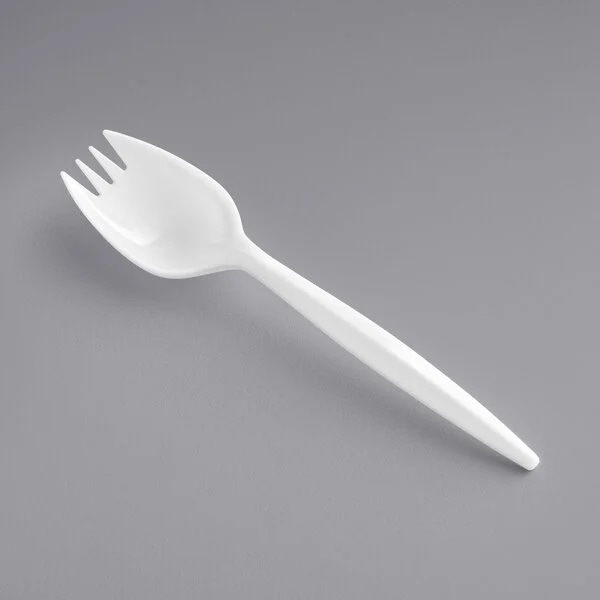
We rarely have hard rules for what determines what is in and out of a concept. We know it when we see it (and then only sometimes, I've been staring at the spork trying to decide if I think it's a spoon or not without success). There are gray areas where we would begrudgingly admit something belongs to the category, and others where we would hesitate before saying it does not belong to a category.
Species and Natural Concepts
Many of our concepts carve up the world in interesting ways—animals we categorize into species based on evolutionary lines, and these concepts are pretty clean delineations of the world. "Lion" seems like a pretty clean concept without a lot of the gray area I made such a fuss about above. But is it? If we continually tweaked the DNA of a lion and did some dramatic surgical alterations, at what point would it stop being a lion? If I took away the mane, replaced its fur with zebra fur, changed its digestive system and behavior to be vegetarian, at some point presumably it becomes less of a canonical lion example and you would start hesitating to call it a lion.
Lion seems like a clean concept mainly because we don't see weird variations of it. I have to invent some bizarre mad-scientist scenario to get at the idea it is a fuzzy category. But the concept of species itself is actually interestingly gray.
A typical definition of species is based on the ability to mate and produce fertile offspring (producing fertile offspring is the part that makes horses and donkeys, which can mate and produce mules, different species—mules are sterile).
This definition breaks down in interesting ways. One of the most interesting breakdowns I only came across while researching for this article: ring species. Ring species are populations spread across some geographic area where adjacent species can mate and breed, but there exist at least two species that are too distantly related to reproduce.
How would we draw the species line in a situation like this? In the image above, the red and purple populations can't reproduce and therefore would be considered different species. But purple can reproduce with the purpley blue population, so they would be the same species. The purple-blue mates with blue, which mates with light-blue, and on and on until we work our way all around the circle to red.
There is a chain linking each population together, indicating they are the same species, yet despite being part of that same chain, red and purple cannot reproduce, indicating they are different species.
I find this a compelling example of the breakdown of this definition of species—we have a gradient of species, making it clear that the nice clean delineations of species we like to think in simply can't be true at the deepest level.
Ring species are a real-world example that we can look at present-day, but they're relatively rare. Fundamentally, this gradient of species has to exist. If we got in a time machine, we could go back further and further along our ancestral line, testing at each point whether we could successfully reproduce with our ancestors at that point, like some kind of sex-crazed temporal road-trip (don't worry, it would be for science). At some point, you would find ancestors you wouldn't be able to reproduce with. I can say this confidently because eventually you would get back to our common ancestors with all mammals, which looked like weird cat-alligator things (which Milo would probably also call bun-buns).
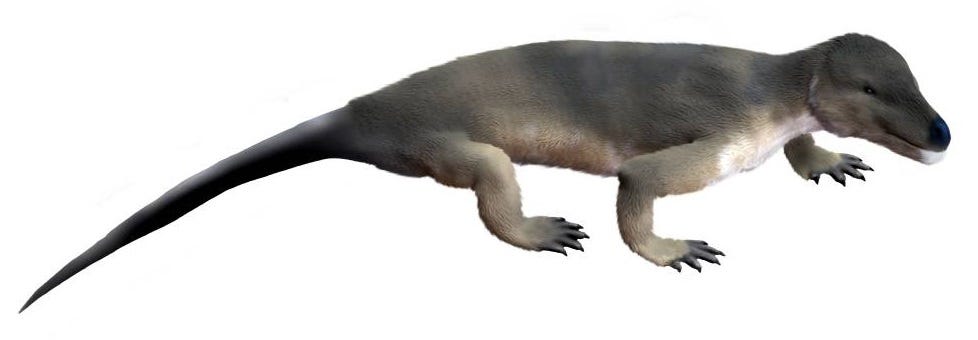
If that doesn't put you off enough, we can go back further to our common ancestor with sea sponges.
There is a chain of reproducibility connecting us back to all our ancestors—that's what it means to be descended from them, after all. Yet if we go far enough back, we wouldn't be able to reproduce with them. The reproduction definition of species tells us we are different species. I'm sure most of us look at the cat-thing above and agree we are a different species from that. But we know there is some gray area, because for any given ancestor, there are descendents just slightly closer to us. If we confidently declare our little furry friend above is not our species, we can go to its children, and children's children, and so on down hundreds of thousands of descendents until we find something more human-like. At what point would we declare we're in the same species?
The concept of species gets even murkier when we look at single-celled organisms. They don't even engage in sexual reproduction, giving this definition all kinds of problems. They engage in horizontal gene transfer, meaning genetic information doesn't just come from one's parents, but can come from one's peers. It would be like if I could give my eye color to a passerby. Not only that, but they can transfer genes across what we would normally think of as species. As if I could give my eye color to a passing-by bear. This makes it difficult to tie a definition of species to genetic heritage.
Perhaps more troubling for our concept of species, there are cases where two species, with distinct evolutionary lineages, have merged. Mitochondria (the powerhouse of the cell) are part of all eukaryotes, but actually existed as their own single-celled organisms prior to that. Two branches in the tree of life rejoined and fused at one point in our evolutionary past. In The Tangled Tree, David Quammen makes the case for how these events are common and important for our understanding of genetic heritage, and wrecks our clean "tree of life" picture of the evolution of species.
Even something as common-sense as our concepts of different species are somewhat arbitrary. They pick out common things we see in the world and help us make sense of that world, but they aren't some hard fact of the universe. It's a label of convenience, helping us cluster things together to make sense of, but if we poke too hard it will break down with extreme examples.
The concept of species is still useful. Despite its problems, biologists still use various definitions of species—some have counted over twenty different concepts of species that biologists use. These concepts are useful in different contexts, because they give structure and simplify what biologists are studying. And that's what we do in our everyday lives, as well.
Why do we have concepts?
Why do we use categories, anyway? If we can't even definitively say what is and isn't in the category, why bother?
It's useful to use "species" as a concept when studying biology. It captures so much about living creatures so quickly, it's an incredibly useful way to categorize. The reason there are so many conceptions of species is because they break down at different points, and so are useful in different ways for different situations.
In a previous post, I talked about how much information we lose when we go from the richness of examples to distill things down to a single statement. We do this because we need to see the forest for the trees. It's easier to communicate and think about things when you've distilled it down to a general rule instead of trying to hold every object you've ever come across in your head all at once.
The world is clumpy. Different things share a lot of properties. My bookshelf is full of these things called books. Using that concept, you know a lot about these objects—they're probably made of paper, have many of these things called "pages", have words written in them, and the words likely form a cohesive narrative. You know the approximate sizes (probably small enough to fit in my hands but large enough to fit a few tens of thousands of words in visible print in), weights, you have expectations about the texture of them, even the smell.
You know what you could use the books for: reading, killing insects, kindling, etc.
The point is, by giving this bunch of atoms a category, you don't have to look at each book and try to figure out what it can be used for from first principles or trial and error. You just know.
The world might be filled with atoms, but those atoms form structures we call objects. Objects aren't just random arrangements of atoms. They form via some sort of process, sometimes a natural process and sometimes a human manufacturing process. Similar processes tend to produce similar objects, and therefore there tend to be groupings of similar objects.
Organizing these objects into categories helps us understand the world by allowing us to predict the properties of an object by making inferences from previous objects we've seen in the same category.
Back to Bun-Buns
My little one-year-old Milo learned the word "bun-bun" by parsing this noisy world and noticing that his dad says "bun-bun" when pointing at these furry things that live in our basement. He noticed some important features of these bun-buns: he's allowed to pet them, they are furry, they hop around, and they're cute. These are all features that distinguish them from most of the other objects he interacts with regularly—they're not like his toys, that don't move on their own. They're not like people, who are big and not good for petting. They're a new type of thing. A new concept.
He applies this concept to other things. I suspect a rough definition of "bun-bun" for him might be "quadruped I want to pet". Over time, he'll notice we call certain pettable quadrupeds doggies, others squirrels (and learn they are not pettable), and others retain the name "bun-bun". He'll learn these words, and the features that distinguish them. He'll have more specific concepts.
That doesn't mean his concept of "bun-bun" is wrong. It's useful to him. When he points at an animal and says "bun-bun", I know what he means. It lets him put a label on something and communicate about it.
Concepts don't need to (and almost always don't) pick out some essential feature of the universe. Objects in our surroundings follow some pattern, so we cluster them together and put labels on them. These labels are useful for carving up our world, but we shouldn't be surprised when they fall apart at the edges—we create these concepts to capture the broad patterns we run into consistently.
Everyday people don't need a strict definition of "species". We don't run into the strange gray areas in our everyday lives (unless we have time machines and frequently try to bang our ancestors). Biologists need to think more deeply about these concepts and sometimes come up with new conceptions of what a species is, but even there, they work with the definition of species that is useful for their area of research, not some absolute that picks out an essential feature of the universe.
We're all like Milo and his bun-buns, labeling useful concepts based on examples we see and the features that seem to distinguish them. These are the organizing principles that let us understand our world. But we shouldn't mistake these labels as picking out some essential "correct" conception. Outside of math, logic, and perhaps certain branches of physics, they are just picking out something useful for us humans and help us understand the world. We know books can be read, spoons let us scoop up food, and bun-buns can be petted.
Next time, I want to dive into more abstract concepts and how they’re used (or, in my opinion, often misused) in philosophy.
If you enjoyed this post, consider sharing it. You can also help others find it by hitting the heart button to “Like” the post.
If you’re a Substack writer and have been enjoying Cognitive Wonderland, consider adding it to your recommendations. I really appreciate the support.


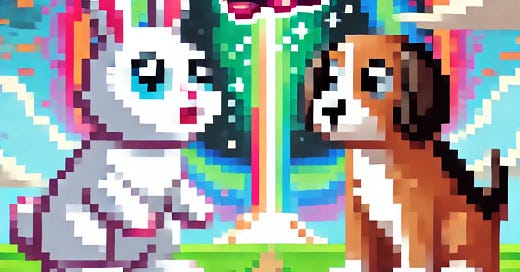


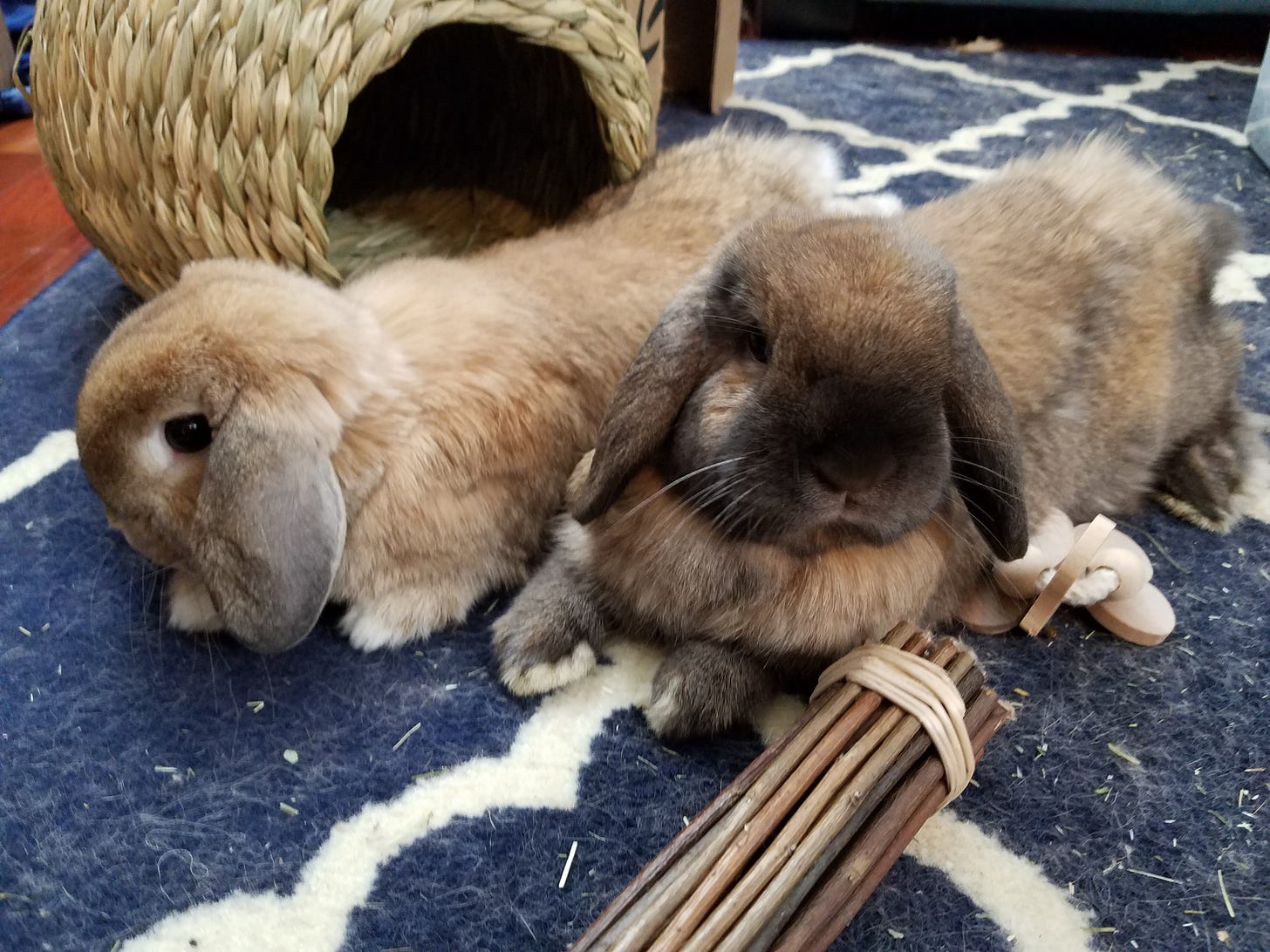

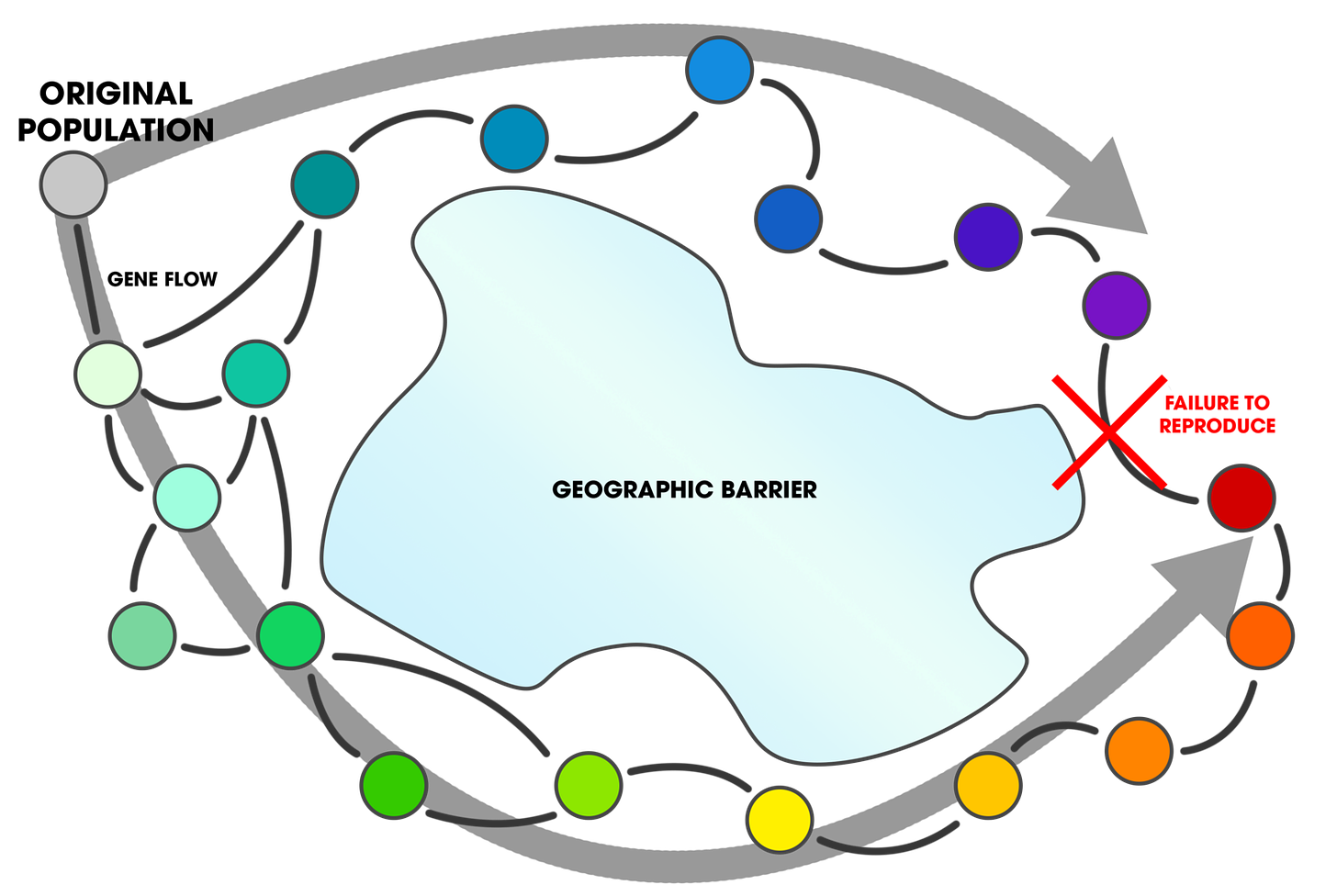
What will it take to get you to finally admit the truth? EVERYTHING IS BUN-BUN! Even a baby can see that!
I’m thinking this is an online essay … 😀